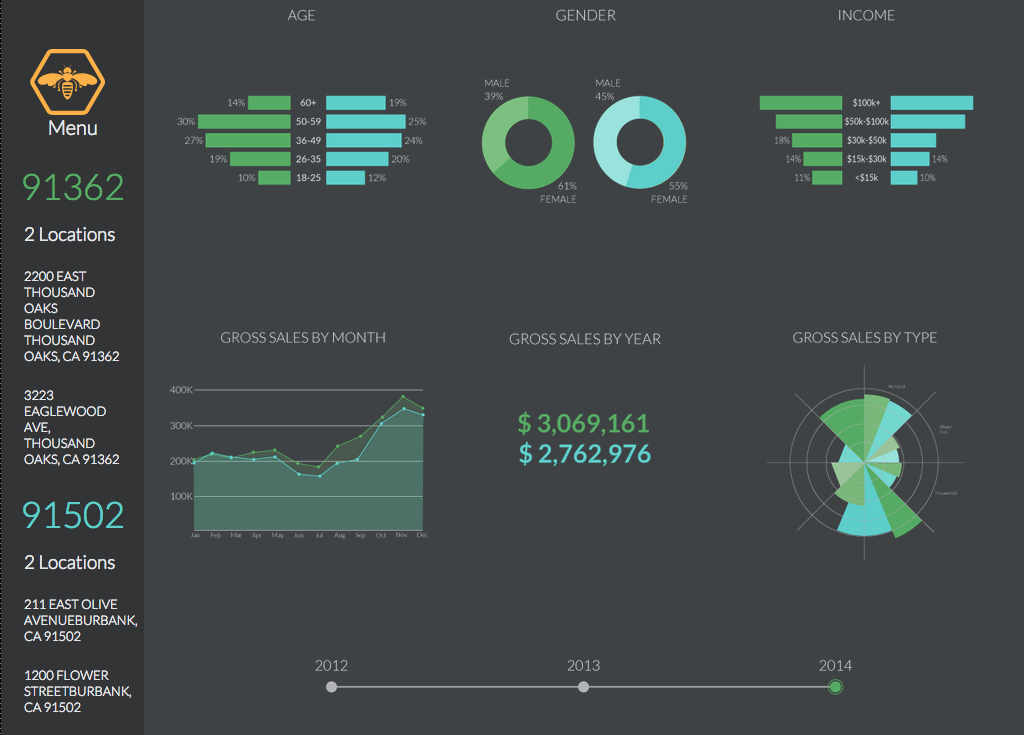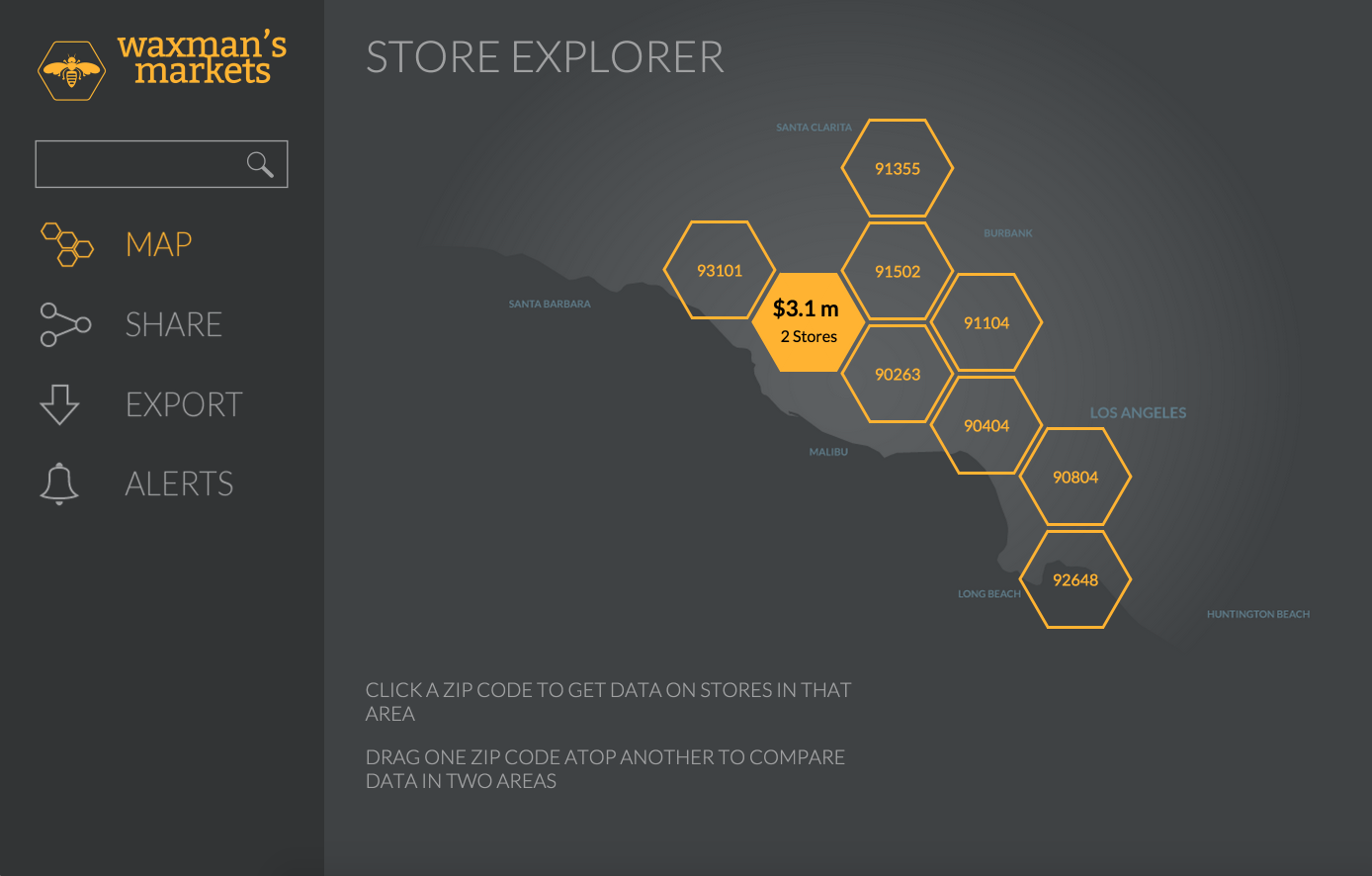
Actuate BIRT: Building intuitive data visualization tools for business insights.
Gazetteer
Problem/Goal:
The UN Data App was developed to demonstrate how clients could build a REST API into applications created with our software. Using data gathered by the UN, we designed and developed an app that lets users explore statistics about individual continents, regions, and countries around the world. The app allows users to either navigate through a traditional menu structure or make selections by interacting with a map. Users can then drill deeper to view reports about their selected regions and compare them to others.
Drawing on World Bank figures, the app allowed users to explore decades of demographic data using either a map-based atlas interface or a more traditional drill-down menu. Either approach would bring users to detailed reports at the world, continent, region, or country level.
Ideation:

Deliverables:
I developed a native iOS application that embedded BIRT content and pulled live data from the iHub server. This reference app showcased how to integrate Actuate technology into native applications using APIs (REST and JSAPI).
I acted as a bridge between engineering and user experience teams throughout the entire process, from requirements gathering and competitor analysis to designing the user experience, creating visual mockups, and developing wireframes using HTML5, CSS3, JavaScript, AngularJS, MVC, and REST APIs.
I collaborated with a lead developer on this app. Once the concept was finalized and approved, I was responsible for developing it for deployment to the Apple App Store.
Gazetteer Application Screenshots
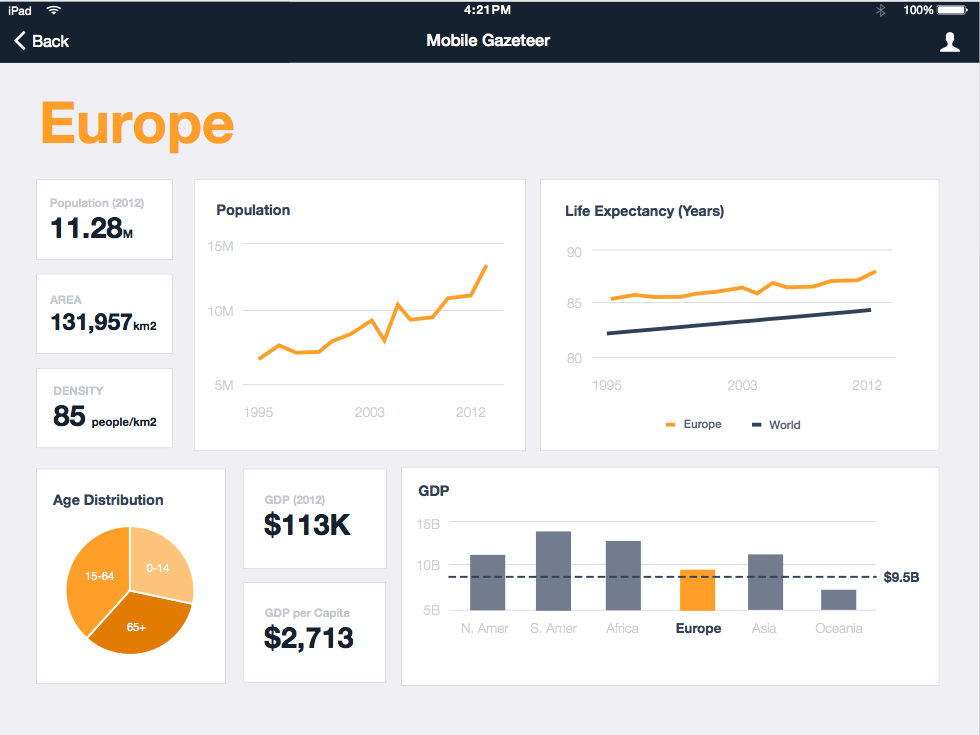
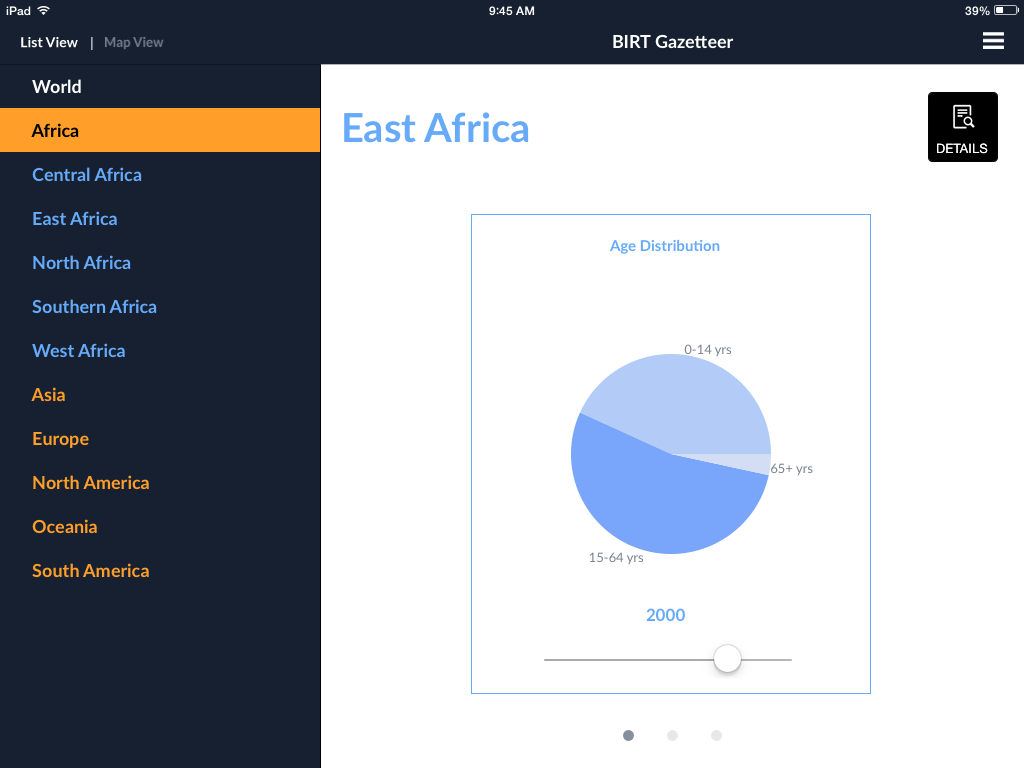
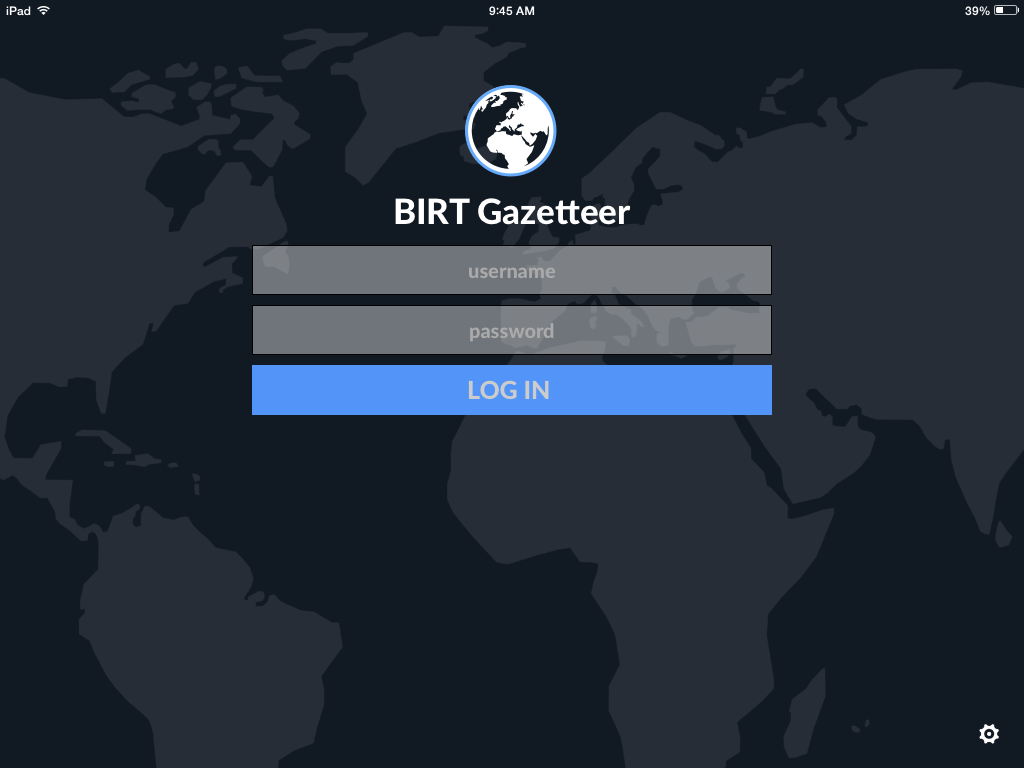
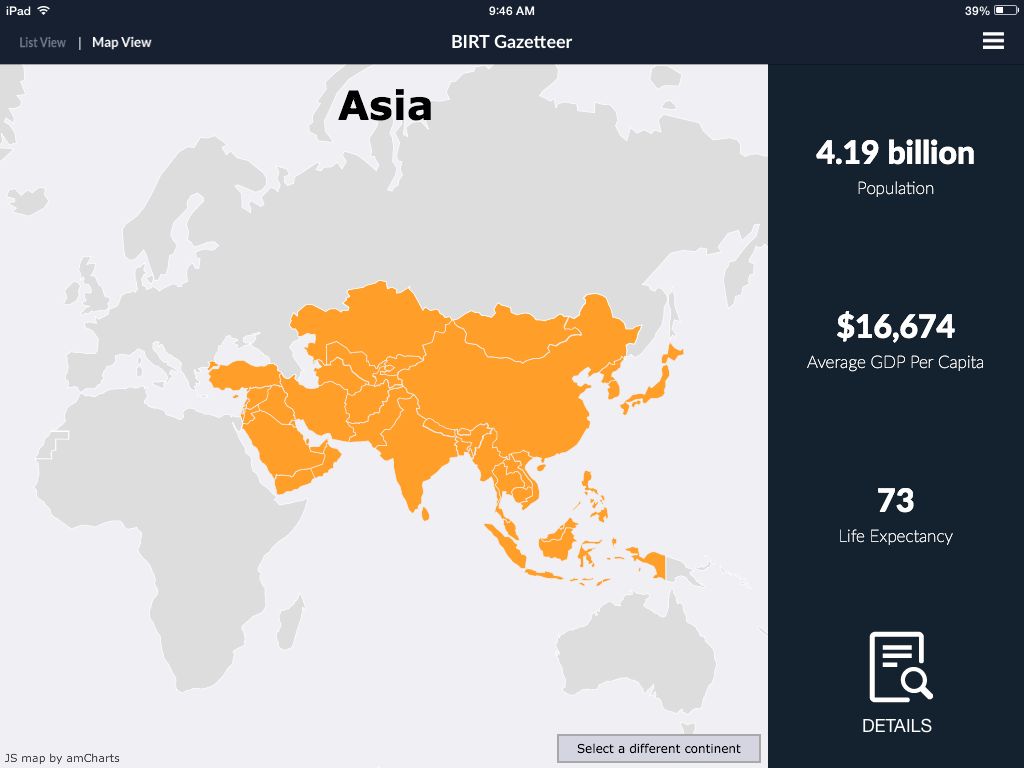
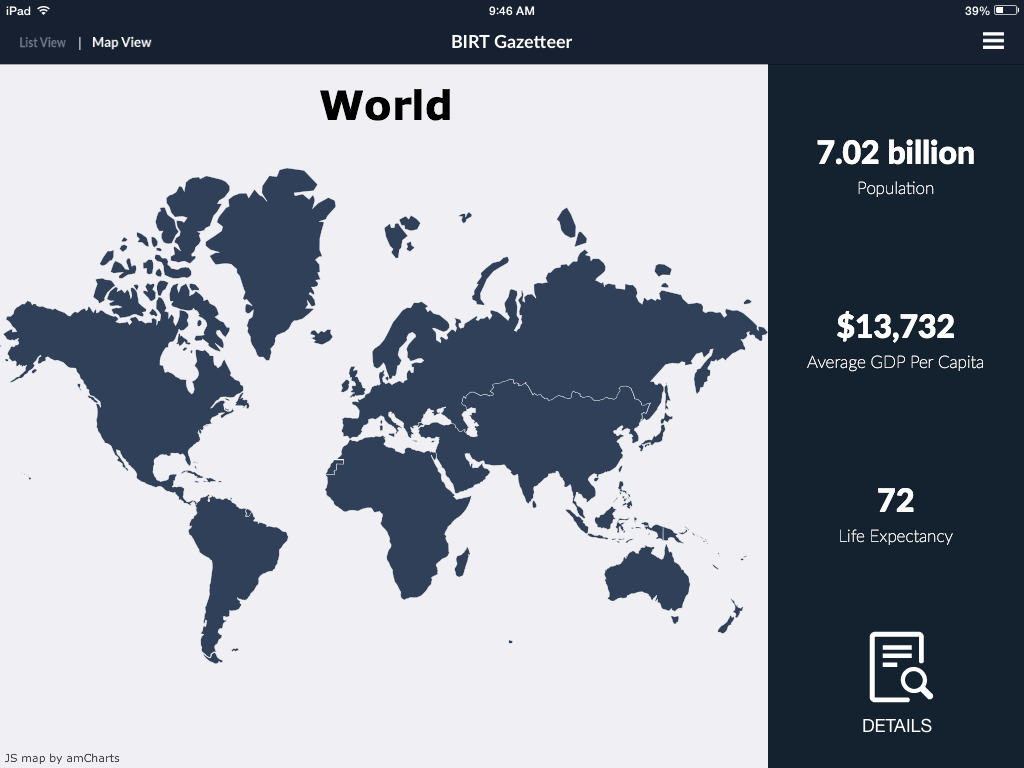
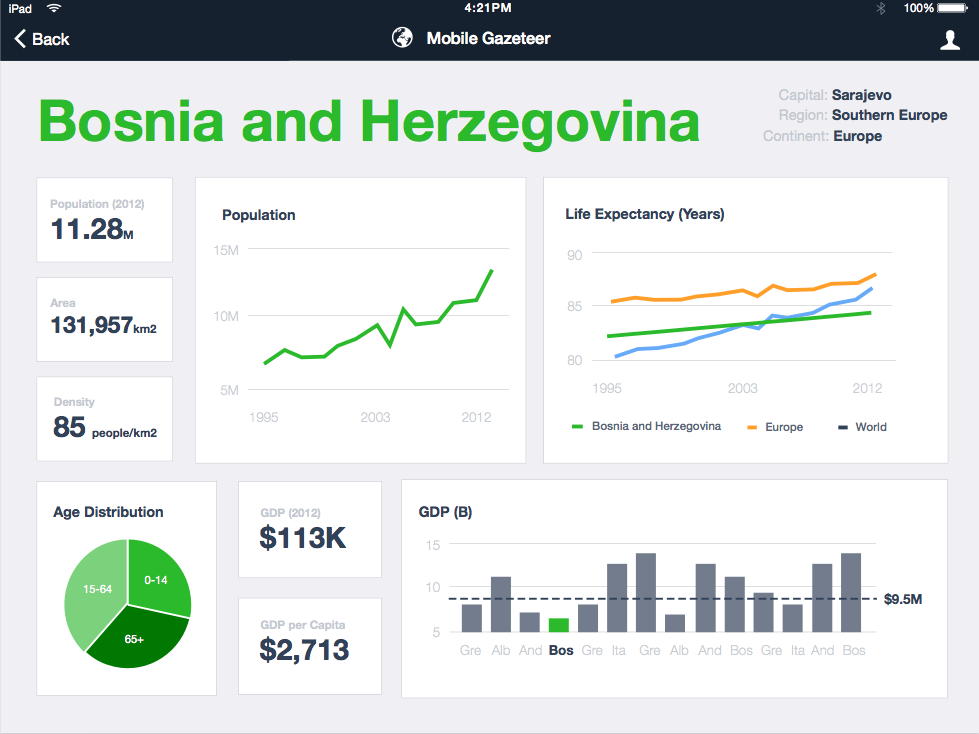
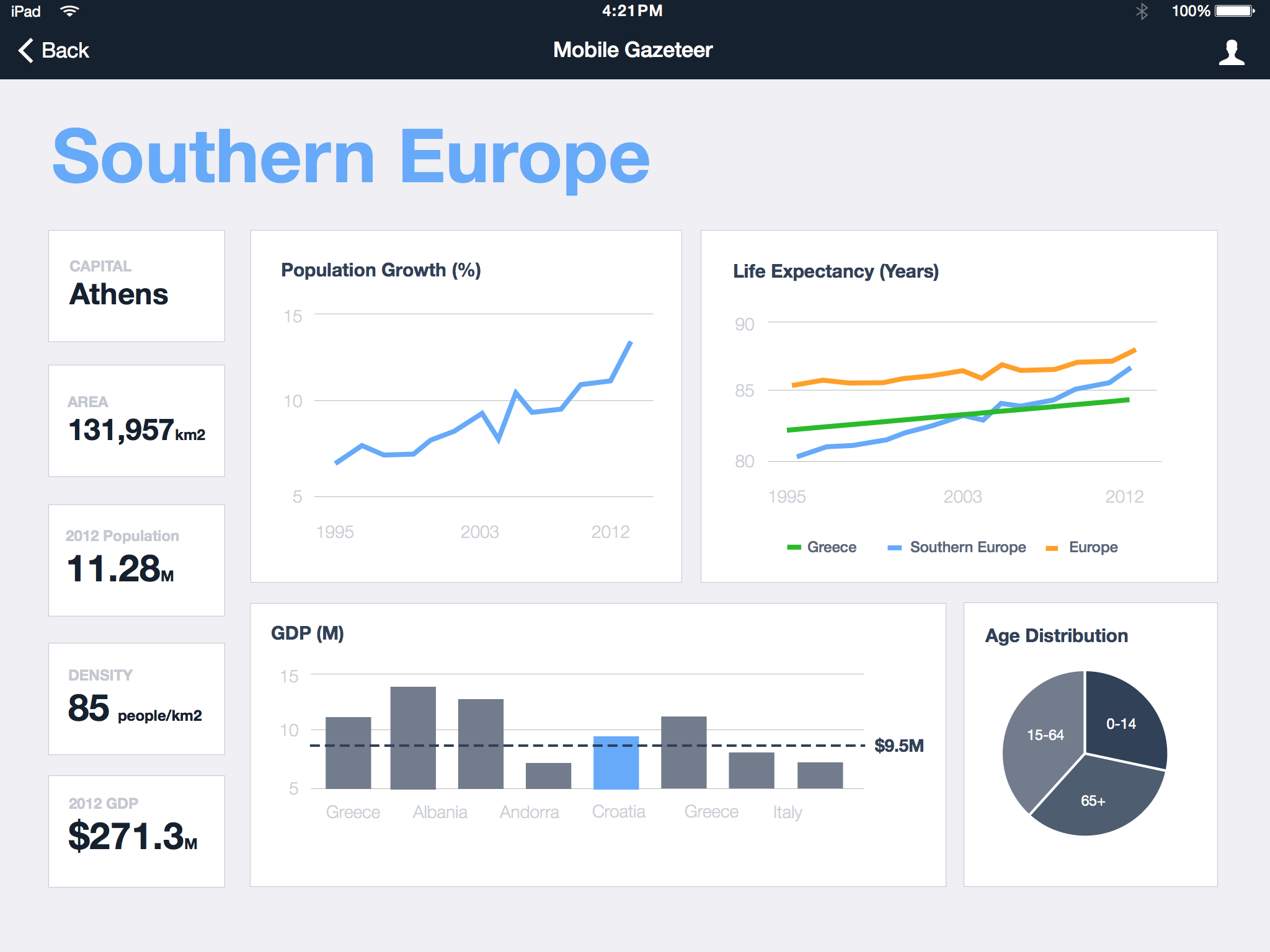
Challenges:
The main challenge was managing the cross-code between iOS and web. These technologies couldn't be combined on the same page but were possible within the same app. With this restriction, we had to design the UX to accommodate the code limitations while still achieving our goals.
We separated the flows with a clear navigation button and maintained a consistent interface that made the experience feel seamless throughout the app.
Aviatio
Problem/Goal:
Aviatio is a desktop and tablet app that allows users to explore data on flight and airport performance across the U.S. It has a simple interface: users select a region and then a state to view a state-specific dashboard.
We developed this application to showcase certain aspects of Actuate's REST API library and to demonstrate how BIRT technology could be used in a cross-device, responsive design.
The airplane animation on the loading screen was added after we discovered that dashboards were taking a long time to generate over remote connections. This small touch of whimsy became the feature most frequently mentioned by users – an unexpected but valuable lesson in how small creative elements can elevate an otherwise straightforward application.
Deliverables:
I was responsible for developing a responsive web/mobile application using BIRT REST APIs, HTML, and JavaScript for different platforms (mobile, tablet, and web).
Since this was a medium-scale project, we had a team of four. I worked closely with a visual designer, an interaction designer, and a back-end engineer.
We used amCharts for data visualization in the reports.
Aviatio Application Screenshots

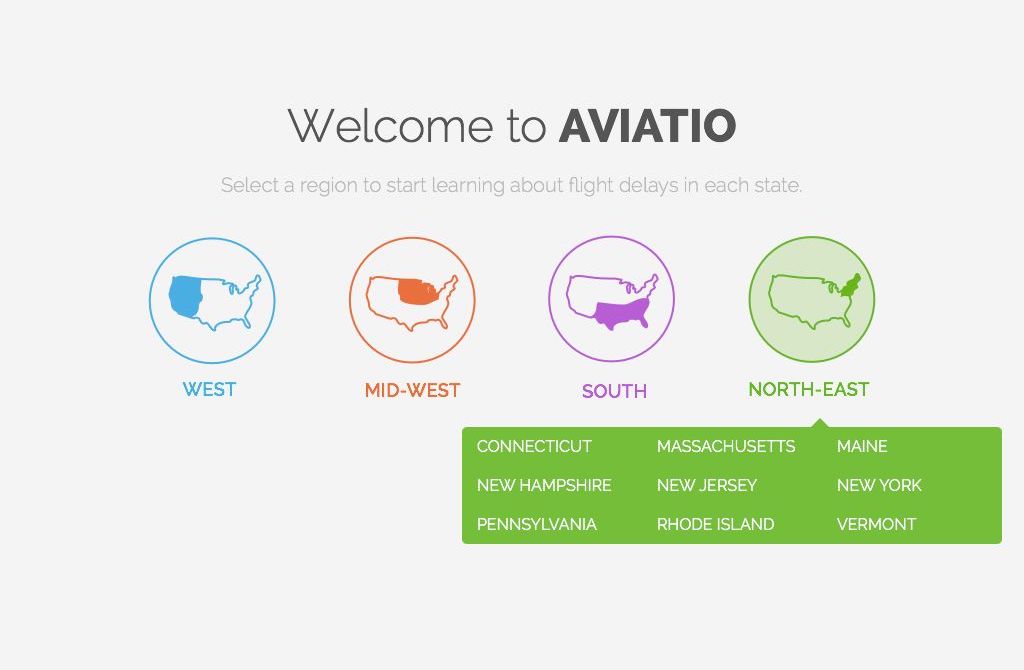
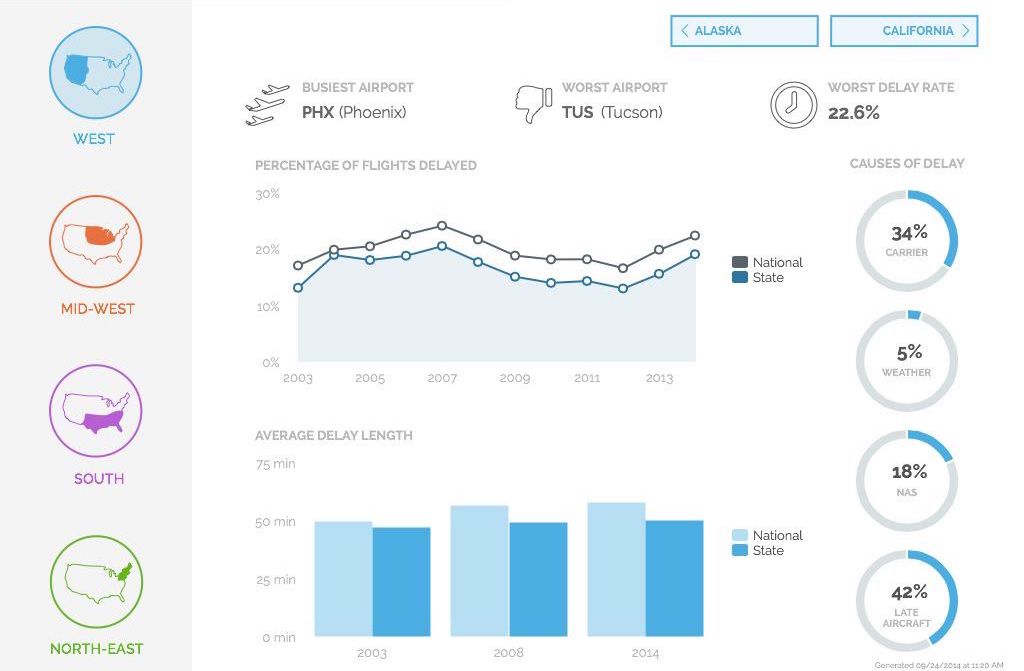
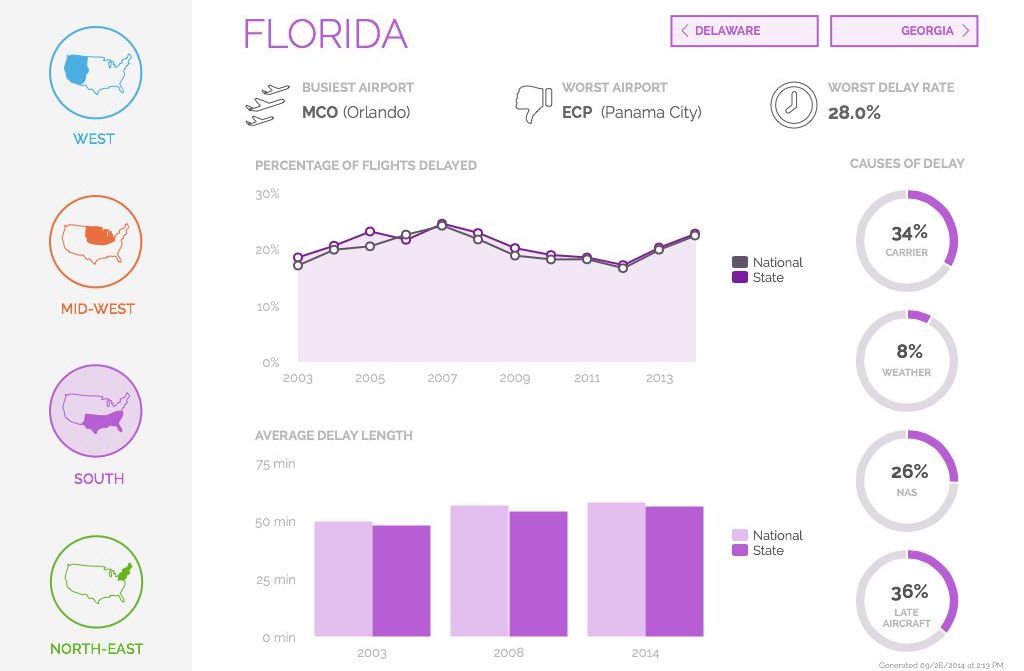
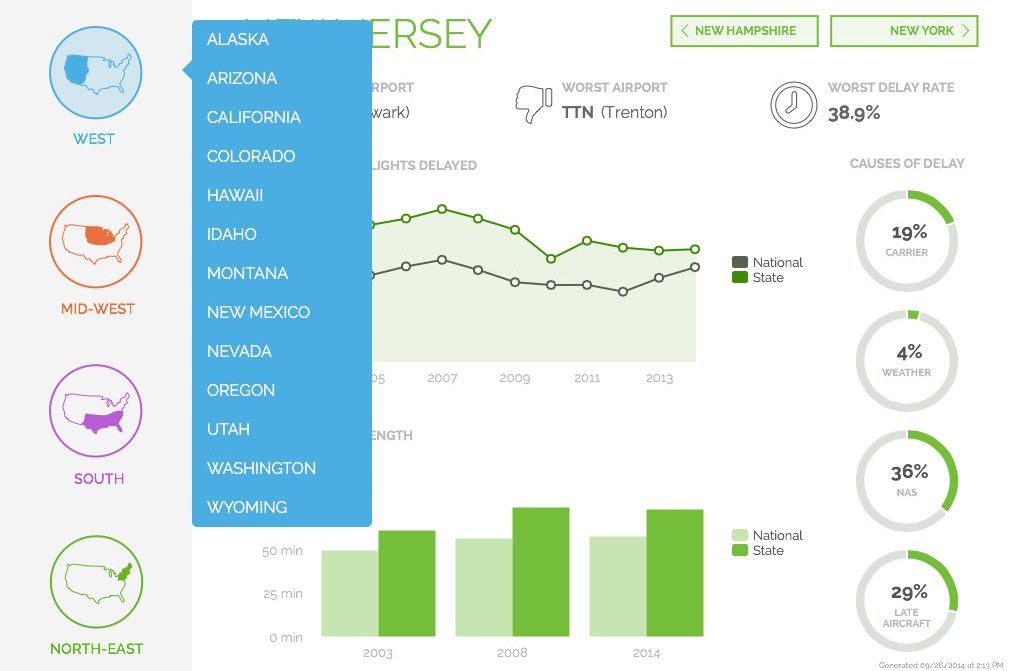
Challenges:
The most challenging aspects of the project were time and resource constraints. We had only four weeks to complete everything. Given these limitations, we focused on designing compelling interactions and interfaces.
Every element was purposefully designed while meeting requirements. The navigation used live data from iHub, and the data visualization charts showcased the product's capabilities through report content.
Waxman's Markets
Problem/Goal:
This prototype was designed to demonstrate how a data-rich enterprise application could still employ beautiful and contemporary visual design.
Deliverables:
Built for a fictitious chain of high-end supermarkets in Southern California, the application allows store owners to find, dynamically filter, and compare sales and demographic data across multiple locations.
This was intended as an internal tool to educate engineers and sales teams on the direction of data-rich applications. It demonstrated that today's applications must go beyond simply providing data access – they need to meet modern expectations for interactive models (dynamic filtering, drag-and-drop functionality, etc.) and compelling visual design.
Waxman's Markets Application Screenshots
